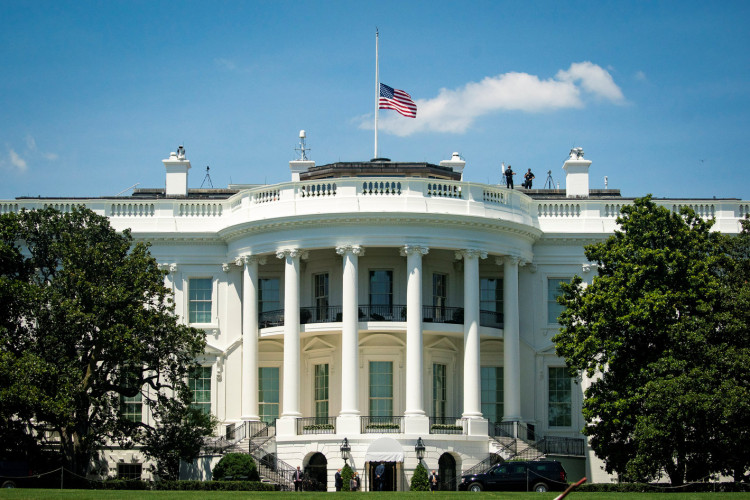The United States' budget deficit for the current fiscal year ending September will hit a historic high of $3.3 trillion due to the massive federal spending on the COVID-19 rescue packages that have kept the battered economy afloat.
The projected fiscal year deficit is a massive 235% higher than the deficit for fiscal year 2018-19, which came to $984 billion. This deficit, in turn, was 26% ($205 billion) higher than the FY 2018 deficit.
The Department of the Treasury on Friday also revealed the deficit exceeded $3 trillion from October 2019 to August 2020. It said the federal government has spent more than $6 trillion so far this year, a historic leap compared to the $4.4 trillion it spent in all of fiscal 2019.
The department said this 36% increase was mostly due to emergency relief efforts passed by the U.S. Congress to combat the COVID-19 pandemic and the immense economic downturn it wrought. The first of these rescue packages, the $2.2 trillion CARES Act crafted by House Democrats, was signed into law on March 27. A second Democrat-sponsored rescue package, the $3.3 trillion HEROES Act, was passed by the House May 15 but rejected by Senate Republicans.
But before the pandemic first appeared on American shores in January, the country was on track to post a deficit of more than $1 trillion for the current fiscal year. The enormous amounts needed to rescue the economy from coronavirus-induced economic paralysis exploded spending to levels never seen before.
The serious damage inflicted by the raging pandemic on the world's largest economy is reflected in a historic plunge in the second quarter GDP by 31.7% -- the largest ever quarterly drop. The U.S. fell into an economic recession in February.
The treasury department's deficit estimates jibes with that of the non-partisan Congressional Budget Office (CBO) released Thursday. CBO also estimated the federal budget deficit will jump to $3.3 trillion this fiscal year.
It also said the ballooning deficit will push the total U.S. national debt to 98% of U.S. GDP by the end of the year. This total compares with 79% of GDP at the end of 2019.
CBO estimates the national debt will exceed 100% of GDP in 2021. The debt will set a new record high of 107% in 2023, which will be eclipsed by a new record high of 109% by 2030.
These huge numbers compare to the 79% of GDP at the end of 2019 and 35% at the end of 2007 before the start of the Great Recession of 2008, which was the previous worst period for the economy.






